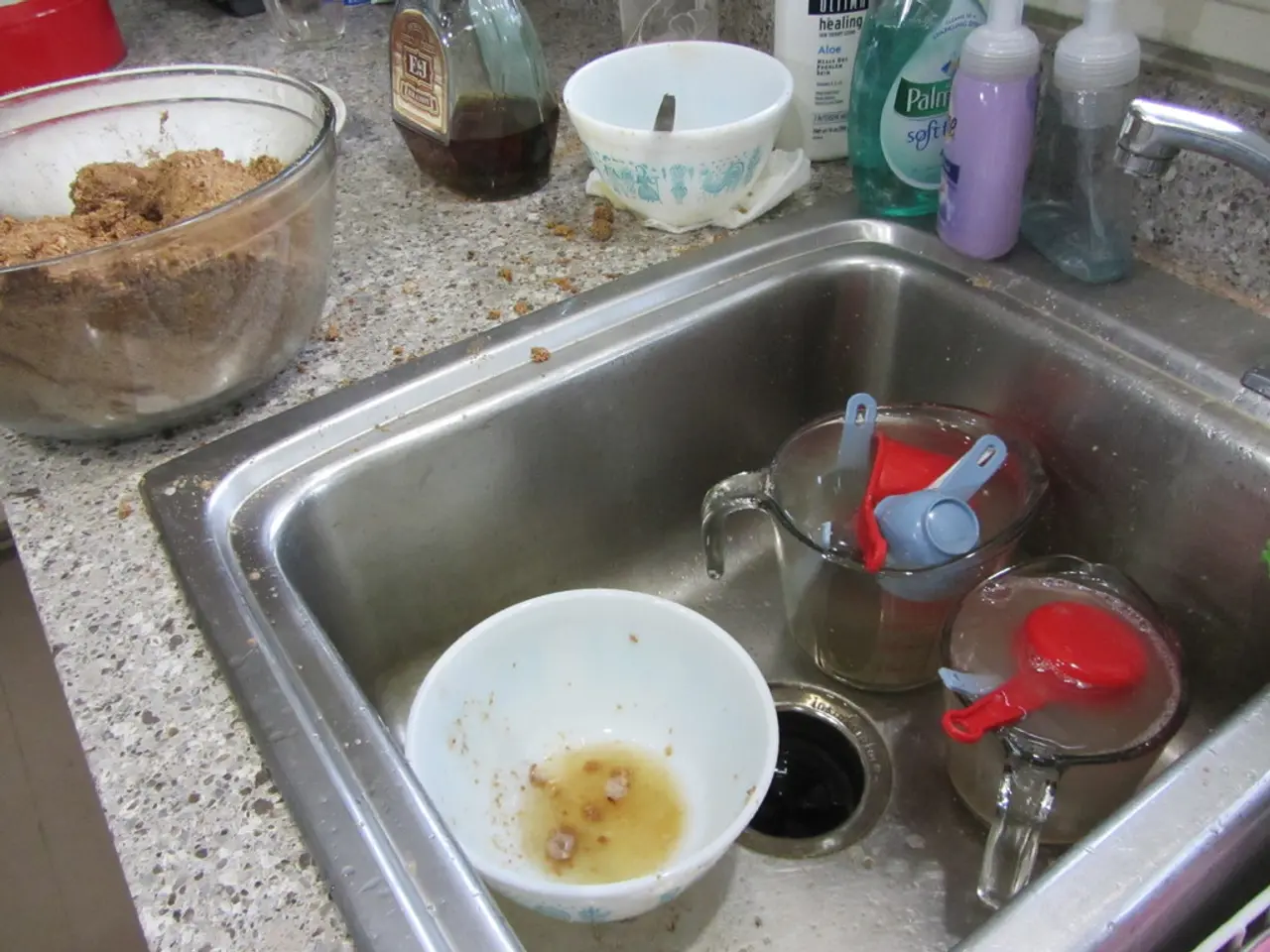Cellular Processes: The Dance of Diffusion and Ion Transport
Exploring the Natural Movement of Molecules: Diffusion and Osmosis
Understanding the intricate dance of diffusion and ion transport is key to grasping many fundamental cellular processes, such as brain activity, muscle contraction, nutrient transport, and more.
Diffusion
Diffusion, the silent mover, is the process that drives molecules from a region of higher concentration to one of lower concentration. This movement is dictated by the concentration gradient, with a steeper gradient leading to a faster diffusion rate.
Several factors influence the rate of diffusion. The concentration gradient, temperature, particle size, properties of the medium, and the diffusion coefficient all play significant roles. Fick's First Law mathematically expresses the diffusion rate as proportional to the concentration gradient.
Osmosis
Osmosis, a close relative of diffusion, is a specific type of movement involving the passage of water molecules across a semi-permeable membrane. It occurs from an area of higher water potential (less solute concentration) to an area of lower water potential (higher solute concentration).
The direction of osmotic movement depends on the solution's tonicity in relation to the cell's internal environment. In a hypertonic solution, water moves out of the cell, causing it to shrink or plasmolysed. Conversely, in a hypotonic solution, water moves into the cell, potentially causing it to swell and burst. In an isotonic solution, water moves in and out at equal rates, maintaining cell size and achieving dynamic equilibrium.
Ion Transport
Unlike diffusion and osmosis, ion transport is an active process that requires energy. Ion pumps, acting like bouncers, move ions against their concentration gradient, creating an electrochemical gradient. These pumps are essential for maintaining the right ions in the right places, acting as the keystone of your cell's castle.
The sodium-potassium pump, for example, moves three sodium ions out of the cell for every two potassium ions it pumps in. This creates a difference in electrical charge across the cell membrane, essential for many cellular functions.
In the human body, filtration is used in water purification to remove bacteria, viruses, and impurities. The kidneys, with their millions of tiny filters called nephrons, act like nature's water purifiers, playing a crucial role in removing waste and balancing fluids.
In summary, the delicate balance of diffusion, osmosis, and ion transport is crucial for maintaining cellular homeostasis, enabling a wide range of essential cellular processes.





